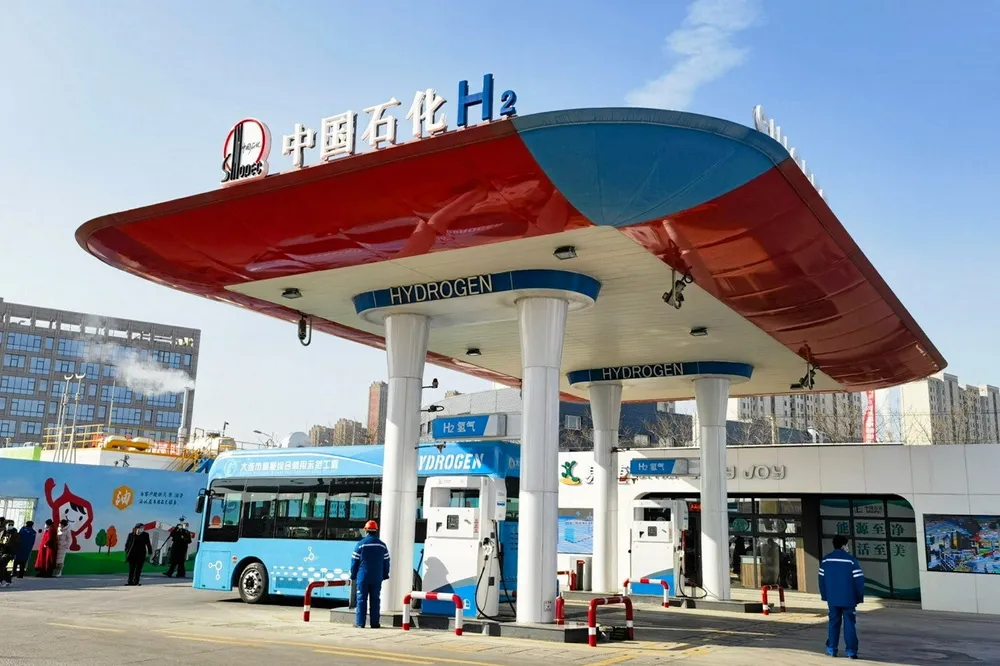'China is the world leader in hydrogen refuelling stations, but it is still way behind its 2025 targets': analyst
The country has only built out 30% of the more than 1,200 H2 filling stations targeted by the end of next year

The country has only built out 30% of the more than 1,200 H2 filling stations targeted by the end of next year
